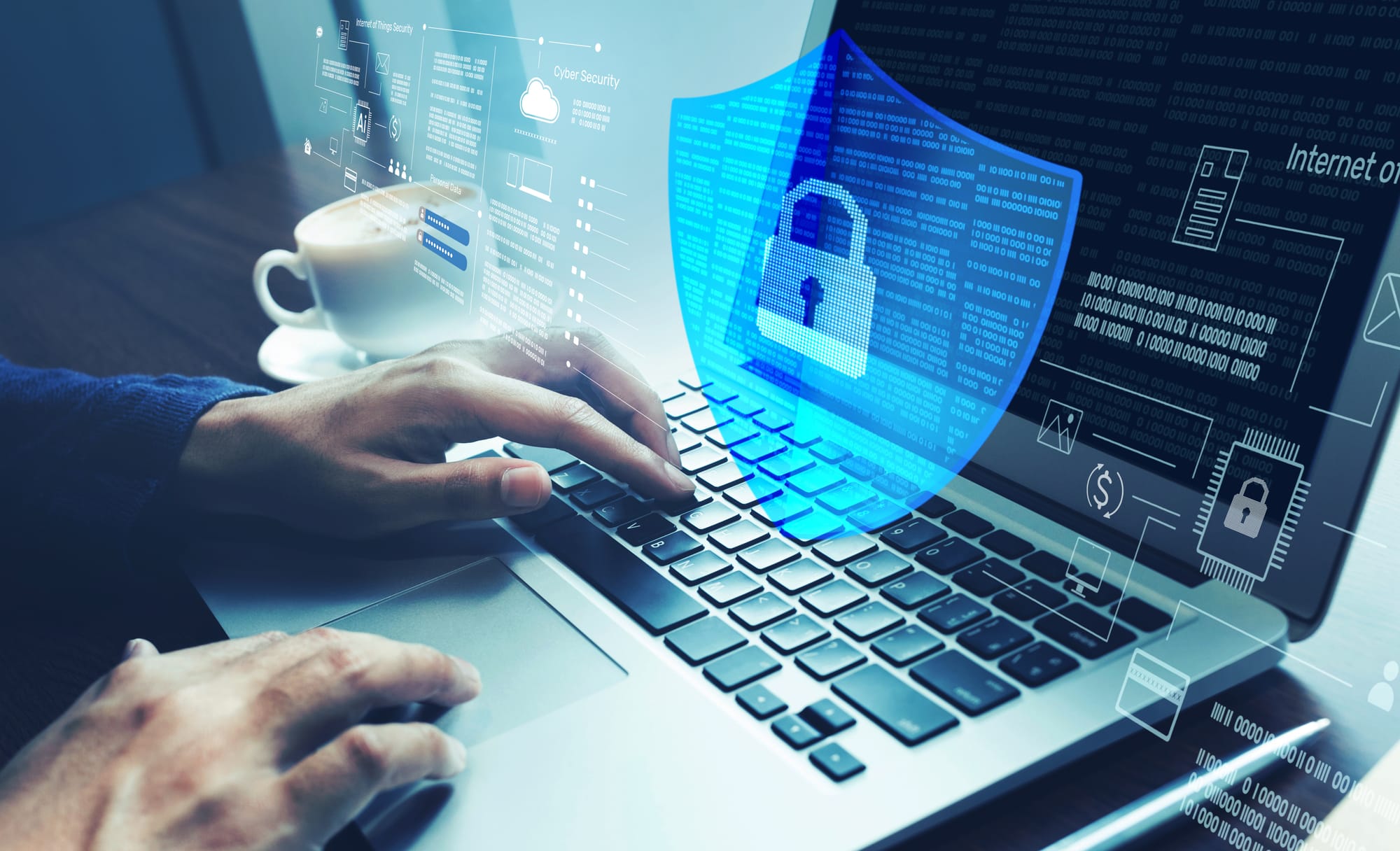CYBERSECURITY AWARENESS MONTH ENDS, OAS HIGHLIGHTS THE 12 MOST SIGNIFICANT CYBERSECURITY THREATS - PART ONE

As Cybersecurity Awareness Month concludes in October 2024, OAS has compiled a list of twelve significant cyber threats anticipated for 2025 and beyond. This compilation draws on insights and forecasts from cybersecurity experts, alongside key trends that are shaping the evolving landscape of cybersecurity.
Anticipated threats for 2025 and beyond
The cybersecurity landscape is rapidly evolving, and several significant threats are anticipated for 2025 and beyond. These emerging threats will likely be driven by advances in technology, increasing sophistication of cybercriminals, and changing geopolitical dynamics.
1. AI-Powered Cyber Attacks
- Advanced Phishing and Social Engineering
Cybercriminals will increasingly use AI to create highly realistic phishing messages and deepfake content, making it harder to distinguish between legitimate and fraudulent communications. Social engineering attacks could become more personalized and convincing.
- Automated Exploitation
AI algorithms may be used to identify vulnerabilities and automate exploitations more rapidly than traditional methods, potentially increasing the speed and scale of attacks.
- Weaponized AI Malware
Malware that uses AI to adapt its behavior dynamically in response to its environment will become more common, making it harder for traditional defenses to detect and respond effectively.
2. Ransomware Escalation
- Triple and Quadruple Extortion
Beyond encrypting data and threatening to leak it, ransomware gangs may adopt additional tactics like DDoS attacks against victims or targeting customers and partners for additional ransom payments.
- Ransomware-as-a-Service (RaaS)
The RaaS model will continue to grow, making ransomware tools more accessible to less technically skilled attackers. This will lead to a rise in low-sophistication, high-volume attacks.
- Targeting Critical Infrastructure
Attacks on critical infrastructure, including healthcare, energy, and government services, are expected to grow, with the potential for causing widespread disruption.
3. Quantum Computing Threats to Encryption
- Breaking Traditional Encryption
Quantum computers, once powerful enough, could break widely used encryption standards like RSA and ECC. Although this capability is not yet practical, preparations for "post-quantum" encryption are necessary to protect sensitive data.
Quantum-Resistant Algorithms - Organizations will need to start adopting quantum-safe cryptographic algorithms to future-proof their data protection strategies.
4. Cloud Security and Supply Chain Attacks
- Increased Cloud Vulnerabilities
As cloud adoption grows, cloud services will continue to be prime targets for attacks. Misconfigurations, inadequate access controls, and vulnerable cloud-native applications will be common entry points.
- Supply Chain Exploits
Attackers will continue to exploit vulnerabilities in the software supply chain by injecting malicious code into software updates or compromising third-party service providers. This trend was demonstrated in major incidents like the SolarWinds attack and is likely to increase.
5. Operational Technology (OT) and IoT Threats
- Attacks on Industrial Control Systems (ICS)
Threat actors may increasingly target operational technology (OT) environments, including industrial control systems and critical infrastructure, which often lack robust cybersecurity defenses.
- Internet of Things (IoT) Vulnerabilities
With billions of connected devices, the IoT ecosystem presents numerous security challenges, including weak authentication and outdated software. Attacks on IoT devices could disrupt smart cities, healthcare systems, and industrial operations.
6. Geopolitical Cyber Warfare and Nation-State Attacks
- Increased Cyber Espionage and Sabotage
State-sponsored actors will continue to use cyber means for espionage, intellectual property theft, and sabotaging critical infrastructure. The line between cybercrime and state-sponsored activities is likely to blur.
- Information Warfare and Disinformation Campaigns
Cyber warfare tactics will expand to include sophisticated disinformation campaigns targeting public opinion, political processes, and social stability.
7. Zero-Day Vulnerability Exploitation
- Rising Market for Zero-Day Exploits:
The market for zero-day vulnerabilities (previously unknown security flaws) will grow, making it easier for attackers to purchase exploits for software used by organizations globally. Zero-day attacks will continue to pose a significant challenge for defenders.
8. Increased Use of Credential Stuffing and Identity Theft
- Exploitation of Stolen Credentials
With more personal data available from previous breaches, credential stuffing (using leaked usernames and passwords) will continue to be a widespread threat.
- Synthetic Identity Fraud:
Cybercriminals may increasingly use AI to create fake identities by combining real and fictitious information, making it difficult to detect fraudulent accounts.
9. Threats to Digital Identity and Authentication Systems
- Biometric Spoofing
As biometric authentication becomes more popular, attackers will focus on spoofing biometric data such as fingerprints, facial recognition, or voice patterns.
- Compromise of Identity Providers
Single sign-on (SSO) systems and identity providers will be lucrative targets, as compromising these could give attackers access to multiple accounts and services.
10. Data Poisoning and Adversarial Attacks Against AI Systems
- Manipulation of AI Training Data
As AI is used in more critical systems, adversaries will attempt to corrupt training datasets or manipulate AI algorithms to produce incorrect results, undermining decision-making processes.
- Adversarial Machine Learning
Techniques that trick machine learning models into making incorrect predictions will become more sophisticated, potentially leading to attacks on AI-driven applications in cybersecurity, finance, and healthcare.
11. Emerging Risks in 5G Network
- Exploitation of 5G Vulnerabilities
As 5G networks are rolled out worldwide, they bring new attack surfaces due to increased connectivity and device density. Potential vulnerabilities in 5G protocols could be exploited to intercept data, disrupt services, or hijack devices.
12. Targeted Attacks on Remote and Hybrid Workforce
- Increased Attack Surface
The rise of remote and hybrid work has expanded the attack surface, making endpoint security, secure access, and network segmentation crucial for protecting organizations.
- Targeting Collaboration Tools:
Collaboration platforms (e.g., Slack, Microsoft Teams) are becoming common targets for attacks aimed at accessing sensitive communication or spreading malware.
Cybersecurity will continue to be a dynamic field requiring constant adaptation to stay ahead of threats. Organizations need to be proactive in their approach to defense, staying informed about new attack techniques and continuously improving their security posture.
Part two: OAS, the foremost Citrix solution provider in Southern Africa, will share valuable insights and solutions aimed at assisting organizations in safeguarding their IT infrastructure.